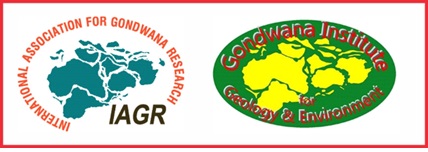Environmental dynamics in the tropical tourist beaches of southwestern India
DOI:
https://doi.org/10.63335/j.hp.2025.0007Keywords:
Beach, Habitability, Landuse, land cover, Recreation, Sediment dynamicsAbstract
Tropical beaches and adjoining lush green vegetation areas are the preferred choices of recreation-leisure activities. The south-western coast of India is characterized by rainforests meeting serene beach profiles, with many aesthetic beach resorts. Though promoting economic prosperity, proliferation of recreational activities brings in unintended and irreversible adverse impacts to the coastal environment. A systematic documentation of field conditions of coastal environmental-landuse-landcover change, sediment textural properties and environmental dynamics may help assess sustenance of habitability of such popular tourist beaches. Four selected beaches of Kerala State, southwestern India, namely Pozhikkara, Hawa, Lighthouse and Chowara were studied in terms of pristine nature of geomorphology, beach profile, land use-land cover, sediment textural characteristics. The sediment textural characteristics indicate survival of only the medium-coarse sediments, occurrences of heavy minerals in majority of the samples, absence of spatial variability of sediment characteristics and prevalence of platykurtic nature, evidencing the anthropogenic interventions that caused monotony. While the sediments retain their affinity to marine signature, after transformation from fluvial origin, environmental discrimination diagrams show that majority of the studied sediments correspond to turbid-higher energy conditions and affirm the interpretation of anthropogenic impact on sediment texture. These results implicate that the recreational and associated commercial-constructional activities unto the intertidal region have heavily impacted the natural environmental conditions of beach ecosystem that gets further aggravated by flouting of coastal environmental regulations. Sustaining the recreational activity along the popular beach and habitability is under threats that require appropriate remedial-reclamation measures.Downloads
Published
07-05-2025
Issue
Section
Articles
License
Copyright (c) 2025 © International Association for Gondwana Research & Gondwana Institute for Geology and Environment, Japan

This work is licensed under a Creative Commons Attribution-NonCommercial-NoDerivatives 4.0 International License.
CC Attribution-NonCommercial-NoDerivatives 4.0
How to Cite
Environmental dynamics in the tropical tourist beaches of southwestern India. (2025). Habitable Planet, 1(1&2), 69–85. https://doi.org/10.63335/j.hp.2025.0007

